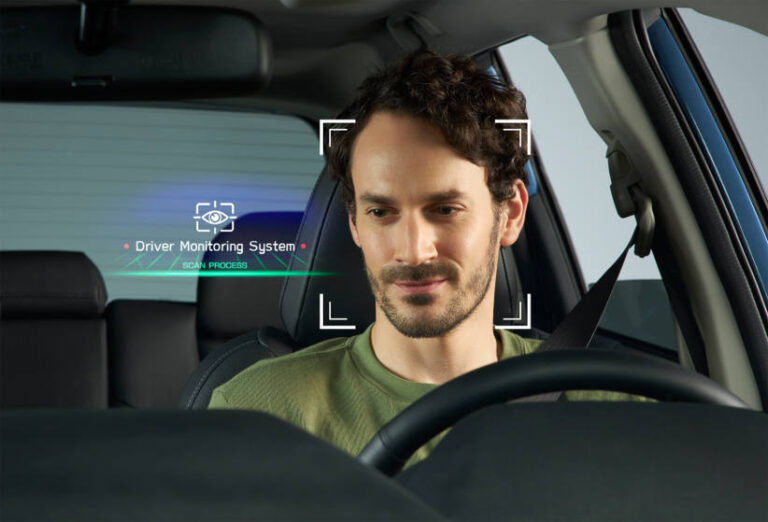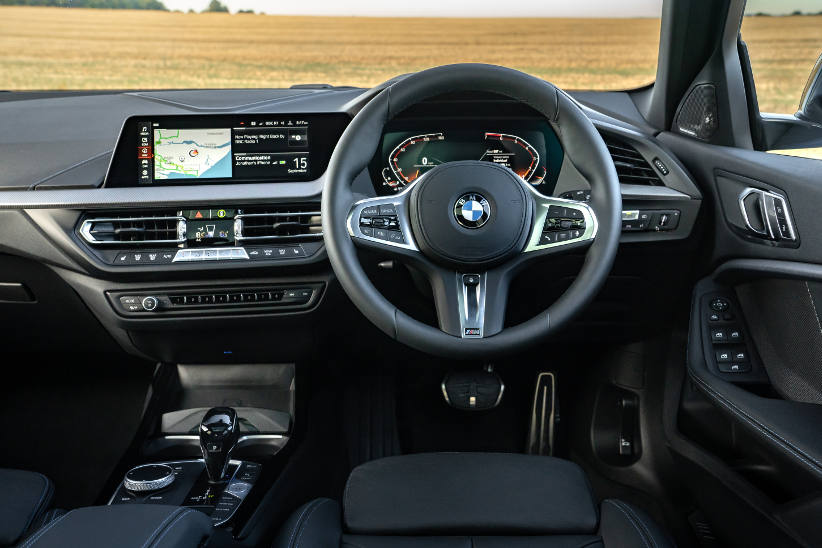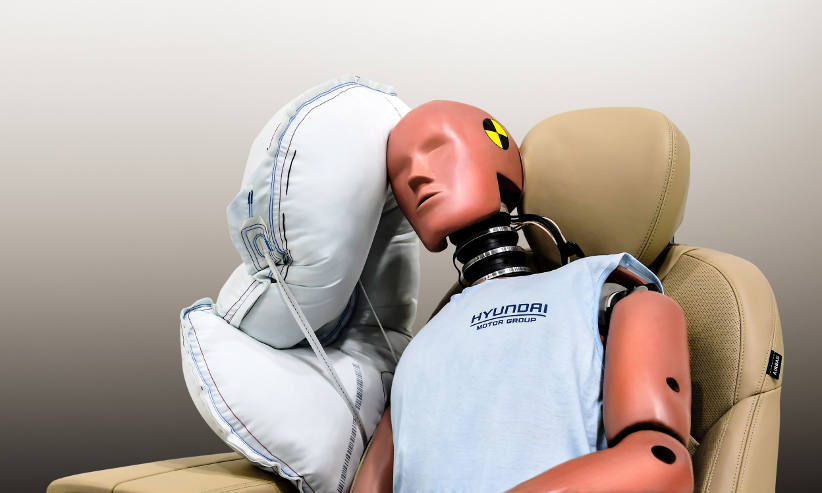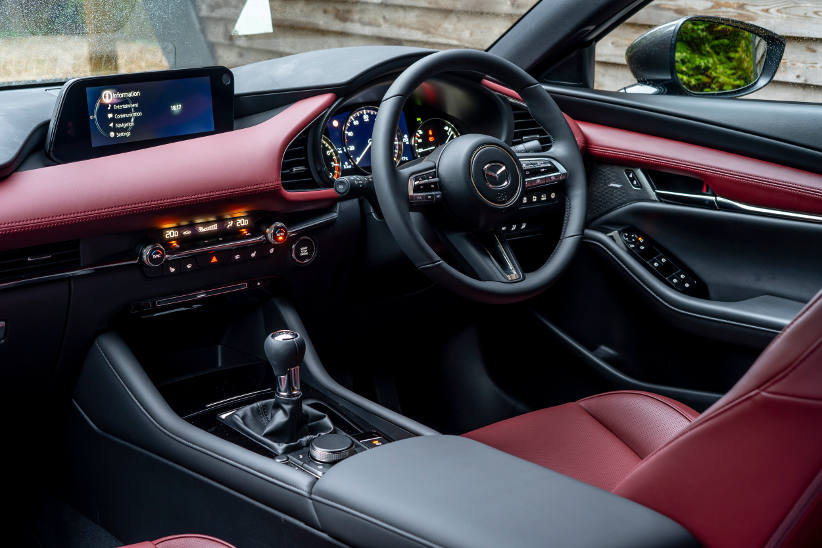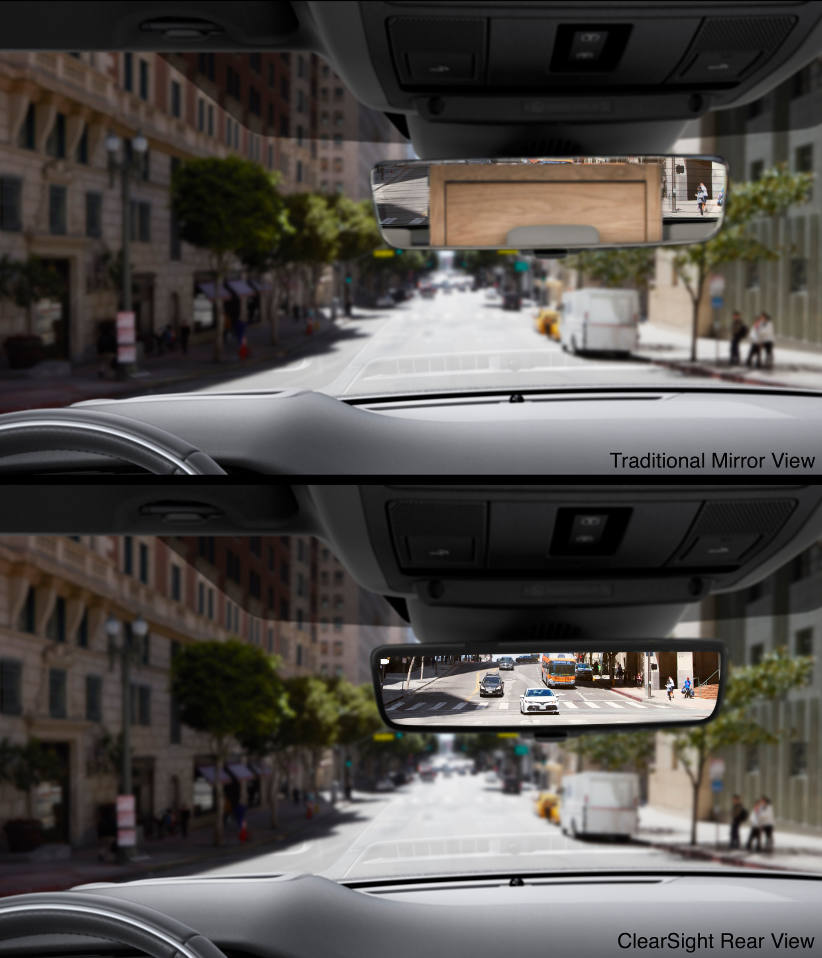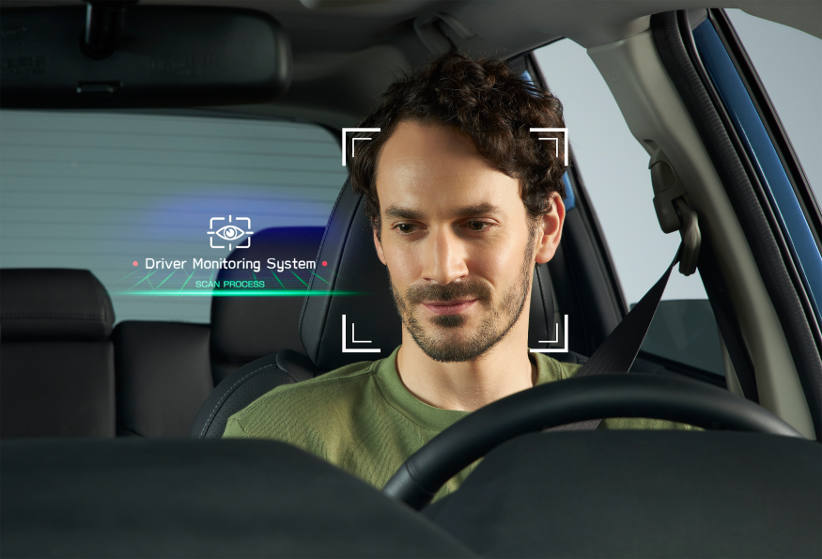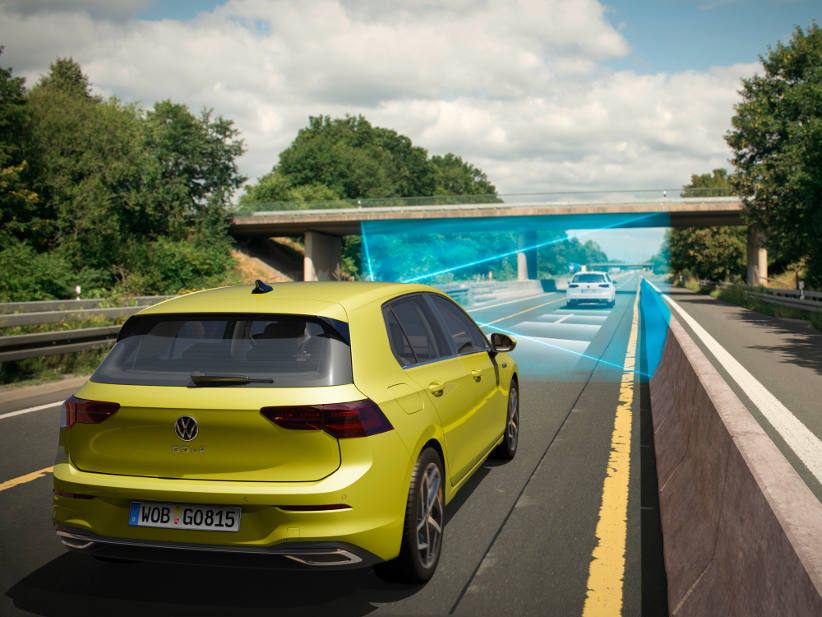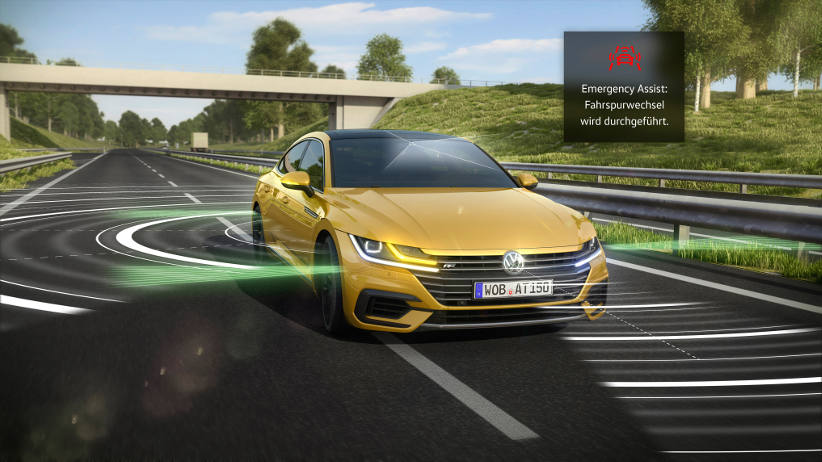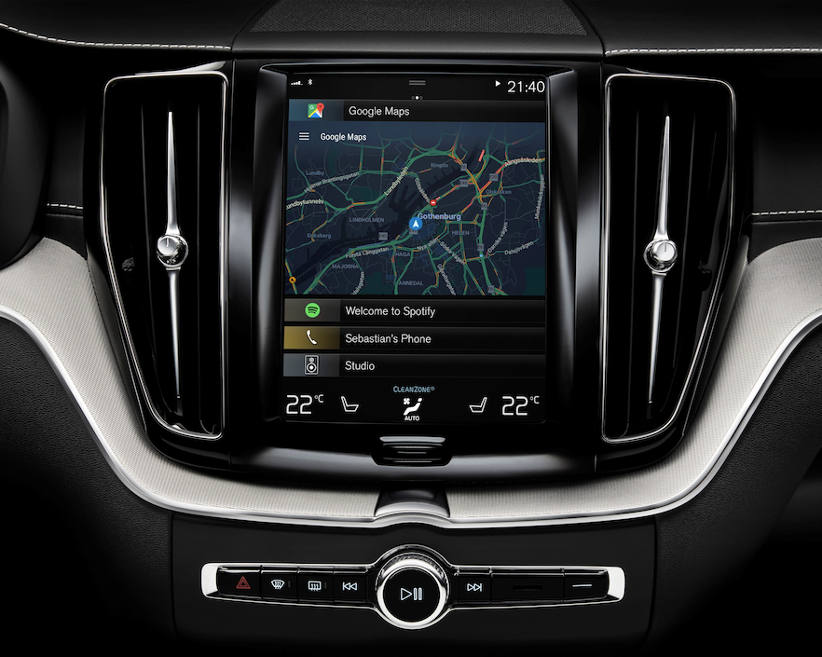Fleet and novated buyers in Australia are making the roads safer by purchasing new vehicles with the latest safety technology which saves lives on the road.
Thatcham Research sponsors the 2020 What Car? Technology Award, which recognises innovations in automotive technology. Assisted Driving, connectivity and safety dominate the list of nominations for the 2020 awards.
The ten nominees, selected by a panel of experts from What Car? and Thatcham Research, now move to the final stage of judging. The winner will be announced on 14 January, 2020 at the What Car? Car of the Year Awards.
Among the innovations are a car-to-car communication system that pools traffic information and shares details of hazards, an evolution in air-bag technology that promises to give passengers and drivers added protection in dangerous side impact crashes, and a pair of Driver Monitoring Systems – technology that will play a key ‘Guardian Angel’ role in the safe introduction of Automated Driving by ensuring drivers are ready to take back control of their vehicle.
“We want to celebrate the vehicle technologies that are not only innovative by today’s standards but will also establish new platforms for the future,” said Matthew Avery, Thatcham Research’s Director of Research and one of the award panel judges. “At the same time, we are encouraging carmakers to consider how a new system is introduced, so that it’s safe and drivers use it. We’re looking for the game changers; technology that brings comfort and convenience benefits, while making the driving experience safer and more engaging.”
The What Car? Car of the Year Awards is one of the most eagerly anticipated events in the automotive calendar, valued by carmakers for the impact recognition can have on vehicle sales and brand identity.
Thatcham Research has supported the Safety Award category for six years, and now adds its backing to the Technology Award category for the first time in 2020.
Steve Huntingford, What Car? editor said, “We are delighted that Thatcham Research is not only sponsoring the 2020 What Car? Technology Award, but that its experts have joined the judging panel. This is a time of huge innovation in the car industry, with the next few years likely to bring more change than the previous 50. It’s therefore hugely helpful to be able to combine their experience with those of the What Car? team. The What Car? Awards are the culmination of 12 months of testing and set the highest standard for the automotive industry.”
‘The Tech Award Ten’
The ten nominations in the running for the 2020 What Car? Technology Award category are:
Brand: BMW
Technology: Drive Recorder on various models including BMW 3 Series Saloon and Touring, BMW 7 Series, 8 Series, X5, X6 and X7
Description: Uses integrated cameras to record video footage from different points around the vehicle, before saving them for USB export or later viewing on the control display. In the event of a collision, footage of the 20 seconds leading up to impact – and the 20 seconds after it – is saved automatically, providing video evidence of the incident.
Avery says: “Dashcams are very popular with drivers – and insurers – as a means of providing proof in collision situations. This trend-setting tech from BMW enables drivers to record events, helping them to refute bogus claims. In the long term, in-vehicle data will only become more and more important as Automated Driving is ushered in.”
Brand: Hyundai
Technology: Centre Side Airbag on Kona, Santa Fe, Tucson and NEXO
Description: Centre console airbag that expands into the space between driver and front-seat passenger in the event of a side impact, reducing the potential for head injuries caused by lateral movement between front seat occupants.
Avery says: “This is a genuine step forward in ‘passive’ safety. Around 20% of fatal and serious injuries are caused not by the collision itself but by the resulting interaction between driver and front passenger. Mounting the airbag in the centre console segregates occupants to offer both thorax and head protection in lateral impacts.”
Brand: Mazda
Technology: Driver Monitoring on Mazda3 and CX-30
Description: Part of the wider I-ACTIVSENSE array of safety technology, uses infrared camera and LED technology to monitor the driver’s eye width, blink rate, and facial expressions to determine levels of drowsiness and fatigue. Also monitors the driver’s line of sight and eye movements to assess whether they are paying attention to the road. Driver Monitoring sounds a warning alert if the situation becomes dangerous and will activate automated features such as braking to address the problem.
Avery says: “This is the first of two pioneering Driver Monitoring Systems (DMS) in contention for the award. We believe DMS is the next big thing in safety technology. The Mazda system uses infrared cameras to ensure that drivers are not becoming drowsy and are paying attention to the road. That Mazda is making this emerging technology available on an affordable vehicle is commendable. We will see DMS fitment increasing in the coming years, which is great news for keeping drivers attentive and safe.”
Brand: Mercedes-Benz
Technology: Route-Based Speed Adaptation on various models including the A-Class
Description: Uses map data to anticipate bends, roundabouts and junctions by slowing the vehicle to appropriate speeds. Once navigated, the vehicle accelerates back up to speeds pre-set by the driver. Integration with Active Distance Assist maintains a safe distance from vehicles in front.
Avery says: “This is a step forward in Assisted Driving, and uses mapping and information captured by the camera to automatically slow the vehicle down when approaching bends, junctions and roundabouts.”
Brand: Porsche
Technology: 800-volt battery architecture on Taycan
Description: Offers twice the normal operating voltage for an electric vehicle, which means faster charging, cooler running temperatures and better acceleration. Currents are halved in the 800-volt architecture, meaning only half the cable cross-section is required to achieve the same power output. This reduces transmission loss so higher continuous power is achieved when driving.
Avery says: “Battery technology has been a barrier to the wide adoption of Electric Vehicles (EVs). Porsche’s innovation will improve usability and help to convert more people to the benefits of EVs.”
Brand: Range Rover
Technology: ClearSight Rear View Mirror on Evoque
Description: Classic rear-view mirror becomes an HD video screen at the push of a button, displaying live footage from a rear-facing camera mounted on top of the vehicle. Gives an unobstructed, 50-degree view of what is behind the vehicle – great for when boot contents block the back window.
Avery says: “With modern vehicle design increasingly offering restricted visibility to drivers, this tech reinstates the idea of good all-round visibility and will help keep drivers, along with cyclists and pedestrians, safe and secure.”
Brand: Subaru
Technology: Driver Monitoring System on Forester e-Boxer
Description: Dashboard camera uses facial recognition software to monitor eye movements while driving. DMS detects if the driver’s gaze is wandering, or if they are falling asleep, and sounds a warning alert. Also recognises the faces of different drivers and automatically sets preferences such as seat position, door-mirror angles and air-conditioning settings.
Avery says: “This is the second Driver Monitoring System in our top ten. Subaru has a great track record in safety innovation and once again is setting new standards, using technology for the benefit of its drivers. This helpful system can not only keep you attentive during long journeys but can also identify individual drivers and pre-set comfort systems accordingly, creating a more seamless integration of the driver into the vehicle’s operating environment. The car essentially knows you as an individual and is ready for you when you get in.”
Brand: Volkswagen
Technology: Car2X communication on Golf 8
Description: Exchanges road data with all Car2X-equipped vehicles within 800 metres, irrespective of make and model. Combines with information from road infrastructure, such as traffic lights, to warn drivers of upcoming hazards and give current traffic updates.
Avery says: “Car-to-car communication will in future offer significant benefits to enable safer, more efficient driving, reduce congestion and even help with finding that ever-elusive parking space. This new tech introduces a clever crowd-sourced approach to collecting and disseminating traffic and hazard information. Offering it with the Golf 8 will help democratise car-to-car systems and bring them into the mainstream.”
Brand: Volkswagen
Technology: Emergency Assist on Arteon
Description: Integrates Adaptive Cruise Control, Side Assist, Lane Assist and Park Assist functions to bring the car safely to a standstill in the event of driver blackout. Before taking action, Emergency Assist attempts to rouse the driver with brake jolts, steering jerks and by sounding an alarm.
Avery says: “Emergency Assist offers huge safety benefits for all road users in the event of an incapacitated driver situation. Although this may appear to be a niche function, it is essential technology for the Automated vehicles of the future.”
Brand: Volvo
Technology: Android Automotive OS on XC40 P8 Recharge
Description: In-car infotainment system developed in partnership with Google and based on Android Automotive OS. Embeds Google services such as Google Maps, Assistant and the Play Store for apps, while over-the-air updates keep the technology fresh.
Avery says: “The big IT and technology companies are making significant inroads into the carmaker space. The integration of familiar operating systems is a signpost to the future of vehicle design. This technology allows your car to be updated ‘Over the Air’, just as your mobile phone does today, with software updates, patches and new features. It is also paving the way for greater functionality in voice control, which when introduced effectively, will reduce driver reliance on potentially distracting touchscreens and controls.”


